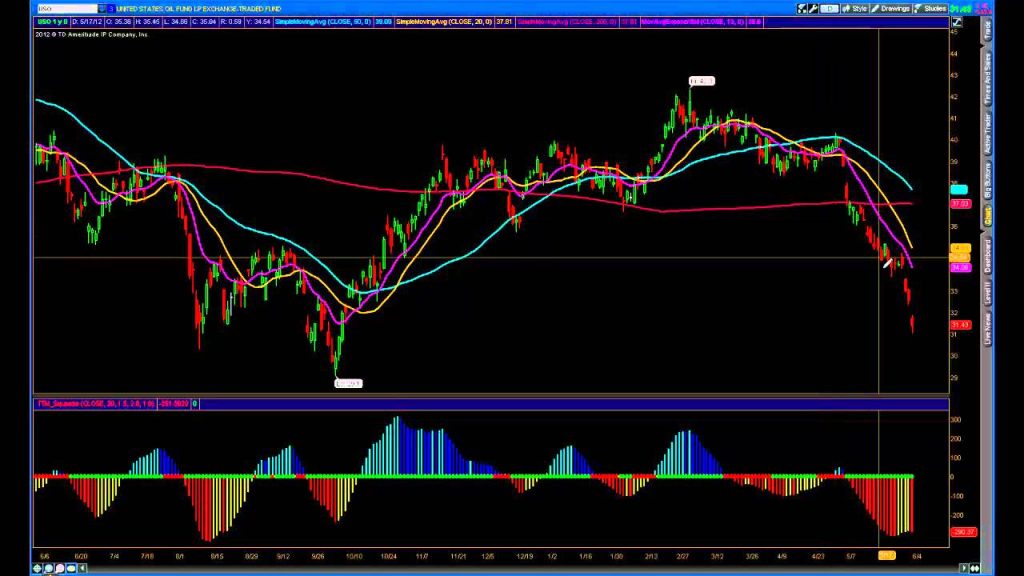
Option swing trading strategies that helps you have multiple small gains in the short term and to help you cut losses more professionally and quickly. Even though the gains are small, they accumulate excellent returns annually since they are done consistently over time.
Most of the time, the swing trading positions are open for a few days and can last up to a few weeks, but they can go on longer. In this period, you can capture a chunk of the potential price that could become a big move for you.
Swing Trading Strategies
There are five popular swing trading strategies that you should have the know-how of if you are getting into swing trading. It involves buying and holding stocks, commodities, or currencies for a short period, typically a few days to a few weeks, to profit from price movements. Let’s take a look.
Trend-following strategy:
This strategy involves identifying the trend of the market and buying stocks or other securities when the trend is up and selling when the trend is down. as a trader; you can use indicators like moving averages or price channels to identify trends.
Breakout strategy:
This strategy involves buying a stock when its price breaks above a resistance level or selling it when its price breaks below a support level. Traders can use technical indicators such as Bollinger Bands or volume to identify potential breakout opportunities.
Pullback strategy:
This strategy involves buying a stock when it pulls back from its recent high and selling when it reaches a new high. Traders can use technical indicators such as Fibonacci retracements or moving averages to identify potential pullback opportunities.
Mean reversion strategy:
This strategy involves buying a stock when it falls below its average price and selling when it rises above its average price. Traders can use technical indicators such as RSI or MACD to identify potential mean reversion opportunities.
News-based strategy:
This strategy involves buying or selling a stock based on news events such as earnings reports or industry developments. Traders can use fundamental analysis to identify potential news-based opportunities.
Swing trading is a strategy that aims to capture short- to medium-term gains in a financial instrument over a few days to a few weeks. Now that you know about the strategy, we should dive into its essential aspects to help you do swing trading successfully.
Aspects of swing trading strategies
Identifying the right stocks:
Swing traders need to identify stocks with potential short-term price movements. This involves analyzing a stock’s technical indicators, like support, moving averages, resistance levels, and chart patterns.
Entry and exit points:
Swing traders need to have a clear plan for entering and exiting trades. This involves identifying key buying and selling levels
Risk management:
Swing traders must have a strict risk management plan to protect their capital. This involves setting appropriate stop-loss levels and limiting position sizes to avoid excessive risk. In this regard, you can also take guidance from options trading companies like stock king options, as they offer alerts, trading rooms, and other trading services.
Technical analysis:
Swing traders heavily rely on technical analysis to make trading decisions. This involves analyzing price charts and indicators to identify patterns and trends.
Fundamental analysis:
While swing trading is primarily a technical analysis-based strategy, traders may also consider fundamental factors such as earnings reports, news events, and industry trends when making trading decisions.
Trading psychology:
Swing traders must maintain a disciplined mindset and control their emotions to avoid making impulsive trading decisions. This involves sticking to their trading plan, avoiding emotional biases, and having the patience to wait for the right trading opportunities.




